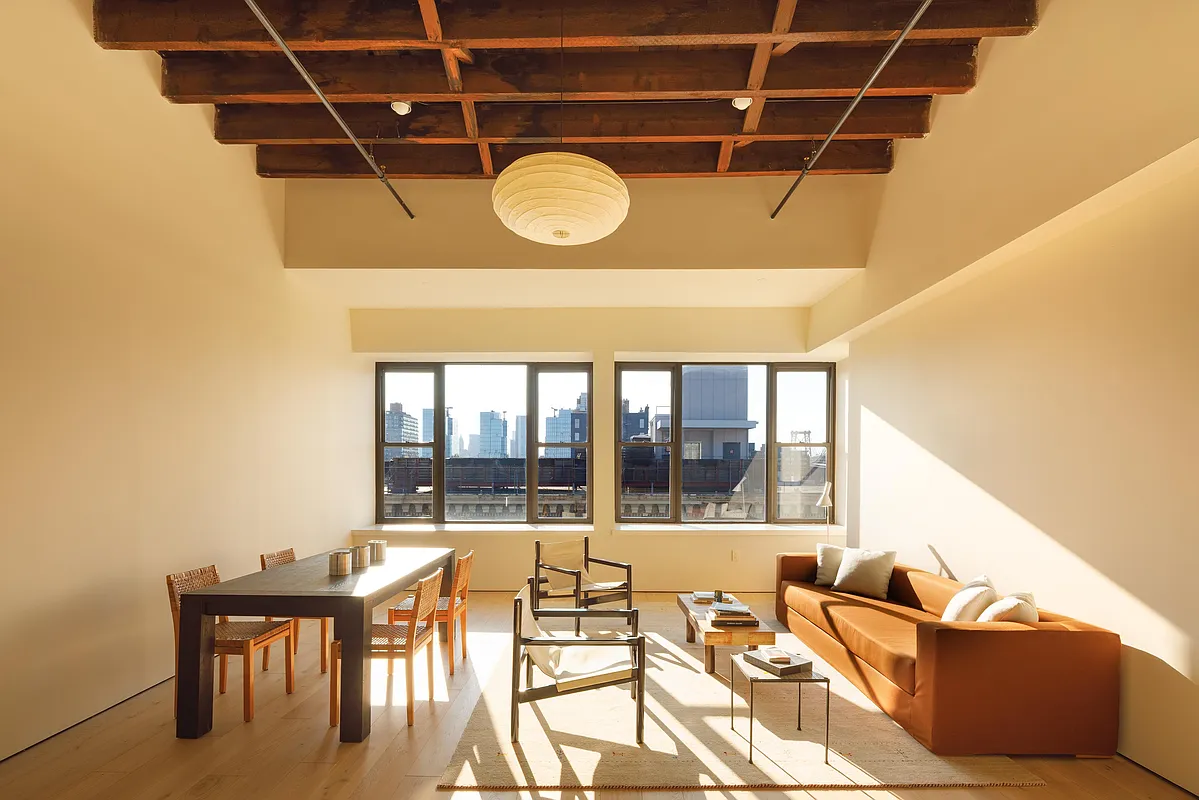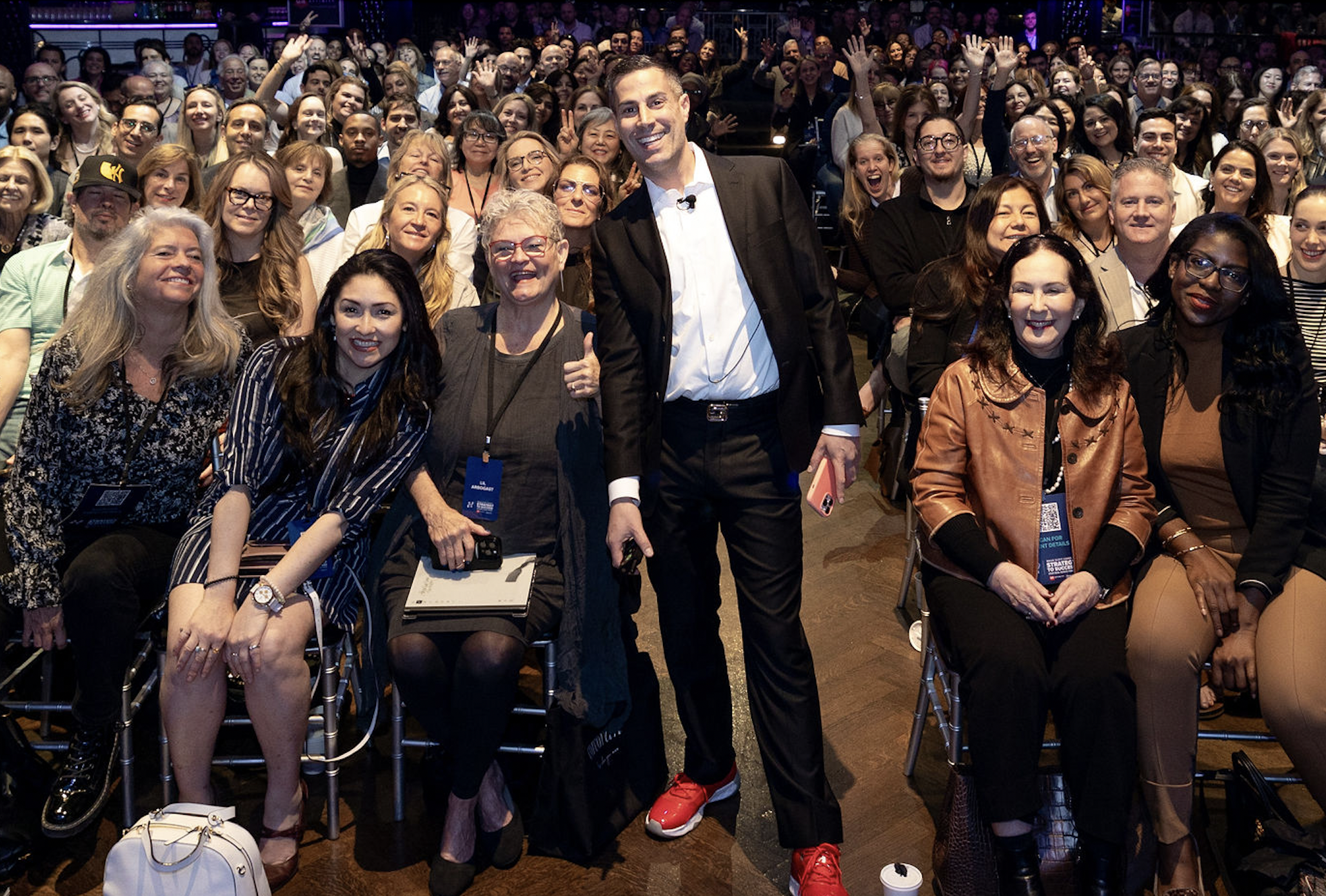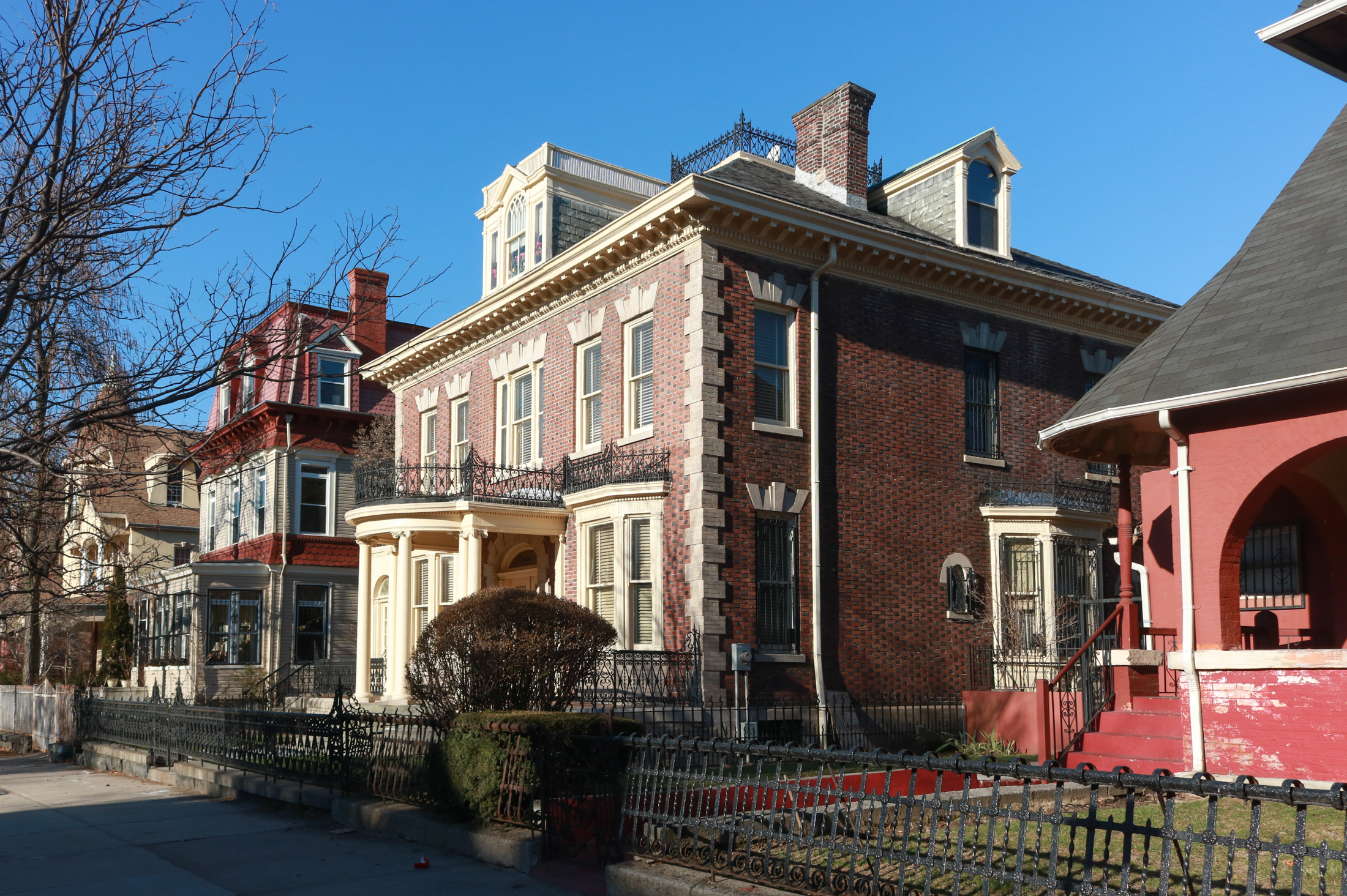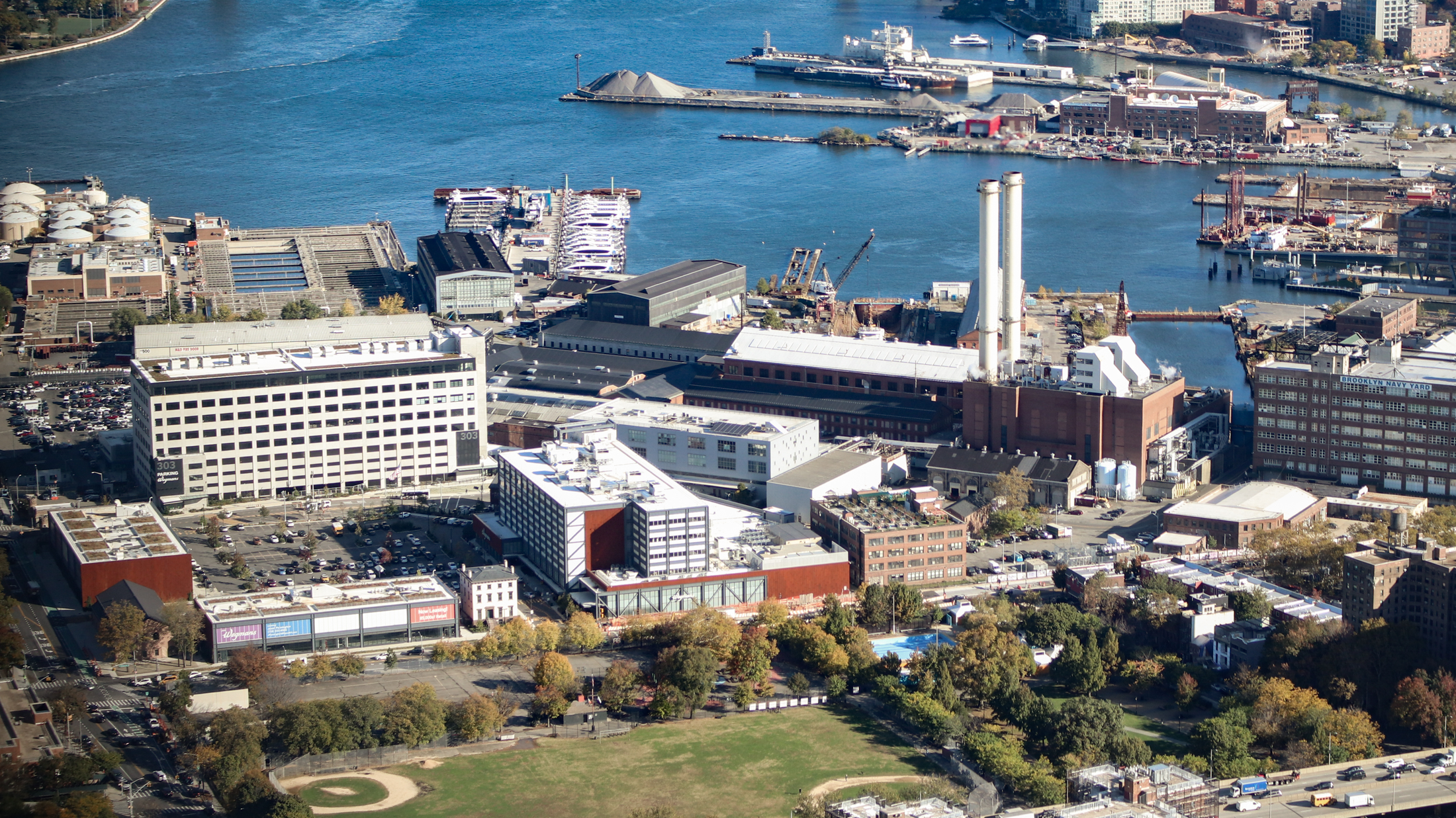Minorities Disproportionately Hit by Foreclosure Crisis
As the foreclosure crisis sweeps the area, blacks and Latinos have been particularly hard hit, according to an article in the NY Times. In fact, in 85 percent of the hardest-hit neighborhoods, the majority of homeowners are black or Latino. The most jarring statistic in the article was that middle class black households were five…


As the foreclosure crisis sweeps the area, blacks and Latinos have been particularly hard hit, according to an article in the NY Times. In fact, in 85 percent of the hardest-hit neighborhoods, the majority of homeowners are black or Latino. The most jarring statistic in the article was that middle class black households were five times as likely to have a subprime mortgage than whites earning similar annual incomes of $68,000 and higher. When The Times visited a stretch of Bainbridge Street in Bed Stuy (photo), it found anecdotally that a number of middle-class black professionals were paying interest rates of nine to 11 percent on their mortgages. One explanation given is a historic mistreatment by, and ensuing mistrust of, mainstream banks by the black community; another, of course, is the targeting of black customers by the most predatorial providers of sub-prime financing. I don’t want to say it’s in the cultural DNA, but a lot of us who are older than 30 have some memory of disappointment or humiliation related to banks, said Colvin Grannum, president of the Bedford-Stuyvesant Restoration Corporation. The white guy in the suit with the same income gets a loan and you don’t? So you turn to local brokers, even if they don’t offer the best rates. Another counter-intuitive fact: Middle-class blacks were more likely than lower-income blacks to have subprime mortgages. The hypothesized reason? The lower-income earners had access to, and took advantage of, community resources (free classes, etc.) to educate themselves. Still, the efforts to make the dream of home ownership more readily available to minorities that began under President Clinton in the 1990s has certainly had some dire unintended consequences. Rather than helping to narrow the wealth and home ownership gap between black and white, Mr. Grannum said, we’ve managed in the last few years to strip a lot of equity out of black neighborhoods.
Minorities Affected Most as New York Foreclosures Rise [NY Times]
Photo by kenf225





This article pretty much sums up what I have been seeing in Bushwick and Bed Stuy. People living in these areas were targeted by real estate agents and mortgage lenders working together and more often than not they offered them subprime loans with adjustible ARMs at high rates and they made more on the loans than they would have on standard loans. They wanted to do as many deals as possible, they didn’t care if the people buying would be able to pay two years down the road. From what I see, the agents and lenders were from the same groups as they people they were selling to — Spanish speaking or African American, etc. I don’t think the people buying were fully informed as to the details and risks of what they were doing. They trusted the agents or they didn’t know any better, especially the ones who don’t speak English.
The comments in the Times are really scary. Most of them say that immigrants and minorities are lazy and can’t put off gratification, and that’s why they took out these bad loans and ruined our economy. It’s an incredible case of blaming the victim.
The agents and lenders who pushed people into these bad loans ought to be in jail. But in many cases they didn’t do anything overtly illegal. But this is predatory lending and it ought to be illegal. We need laws against predatory lending, high rates, and possibly we need to consider laws against ARMs in some cases. It’s the rare buyer who benefits from an ARM.
Last hired, first fired.
***Bid half off peak comps***
MM – i have only been on the tour once before. i wanted to go b/c i feel like they have similar brownstones to bedstuy, as opposed to FG, CH or BH, which are usually much bigger and wider. there were some repeats and i found the modern home, the one with the huge tub in the middle of the second floor – quite odd. i enjoyed the Carroll St, American basement house the most. Overall, i just wasn’t impressed. I like to see new innovative designs. Some of the homes were just a bit too clutered for my taste. Oh well, to each his own.
bkny, I like period detail, and they certainly had that, even if some was over the top. I also thought the more modern renos were really good, and had interesting things going on in terms of mixing the old and new. I also like people’s homes that reflect their personalities and their lives, so I enjoy their art, family mementos, libraries full of books, etc. It doesn’t have to be my taste, they aren’t my homes. I don’t go on Park Slope’s tours very often, as they’ve conflicted with other commitments in the past, so if this was a rehash of other years, it was new to me, so I had a good time. I also know how hard it is to put these things together, so I appreciate the effort.
Brenda you are cetainly way off base here. I wouldn’t call this phenomonon *paranoia*. To say that is to say that the fears that some in the community may have irrational and not based on actual exeriences collective or individual.
It was an integral part of this nations fabric to institute racist policies against Blacks in an effort to keep us in a state of perpetual oppression. While I think that most people have moved on despite this, there are still people both Black and White who suffer from its affects.
i feel like we’ve read this article about 70 times already – no new, news here. i live in this area and there are alot of people who are still committed to their homes and still living in them. there are no abandoned homes on my block, which is a blessing.
MM – i thought the PS tour sucked, what did you find so good about it?
Thanks Montrose. Did you and Amzi say you were thinking of doing walking tours as well? If so, please sign me up!
Brenda, I usually agree with your sentiments, but I have to take exception here. While I do agree that the tired adage “the white man kept me down” needs to be retired, a case can be made in this case that historically, much of what the Times reported is true. I do not think that whatever has or does happen to us as a people needs to constantly be compared to the white guy in the suit, but when it is glaringly obvious that one group is targeted for one program, or in this case, loan program or rate, and another, with the same criteria, is not, then racism has raised its ugly head.
Rob, I agree for the most part, that if you can’t afford something, do without until you can save for it, and buy it outright. It’s a sound principle. However, very, very few people could ever buy homes, in that case. I don’t think anyone should buy a house far above their ability to pay the payments for it, but getting a mortgage for a home that one can afford is not a bad thing.
Etson, Crown Heights North house tour is Oct 3rd, Bed Stuy is Oct 17th, Prospect Hts is Oct 18th. Those are the fall house tours. The other tours this spring are PLG May 31st, Brownstone Gardens, June 14th, Victorian Flatbush, also June 14th. Park Slope was yesterday, and it was really good.
Read the whole article before you come to that conclusion. The excerpt is misleading and is based on one person’s perspective. And that mistrust is based on the experience of consistently being right in regards to bias- even up to today. While one study says Blacks are more liable to not volunteer, another study from 2007 says Blacks are often excluded for various reasons. Using the Tuskegee experiment to make claims about “self-defeating behavior” is simplistic.
Another reason the quality of medical care is generally lower for Black people is that they don’t have medical insurance, or the level of medical insurance may not be as good.